If system is in equilibrium then find relation between m1 and m2
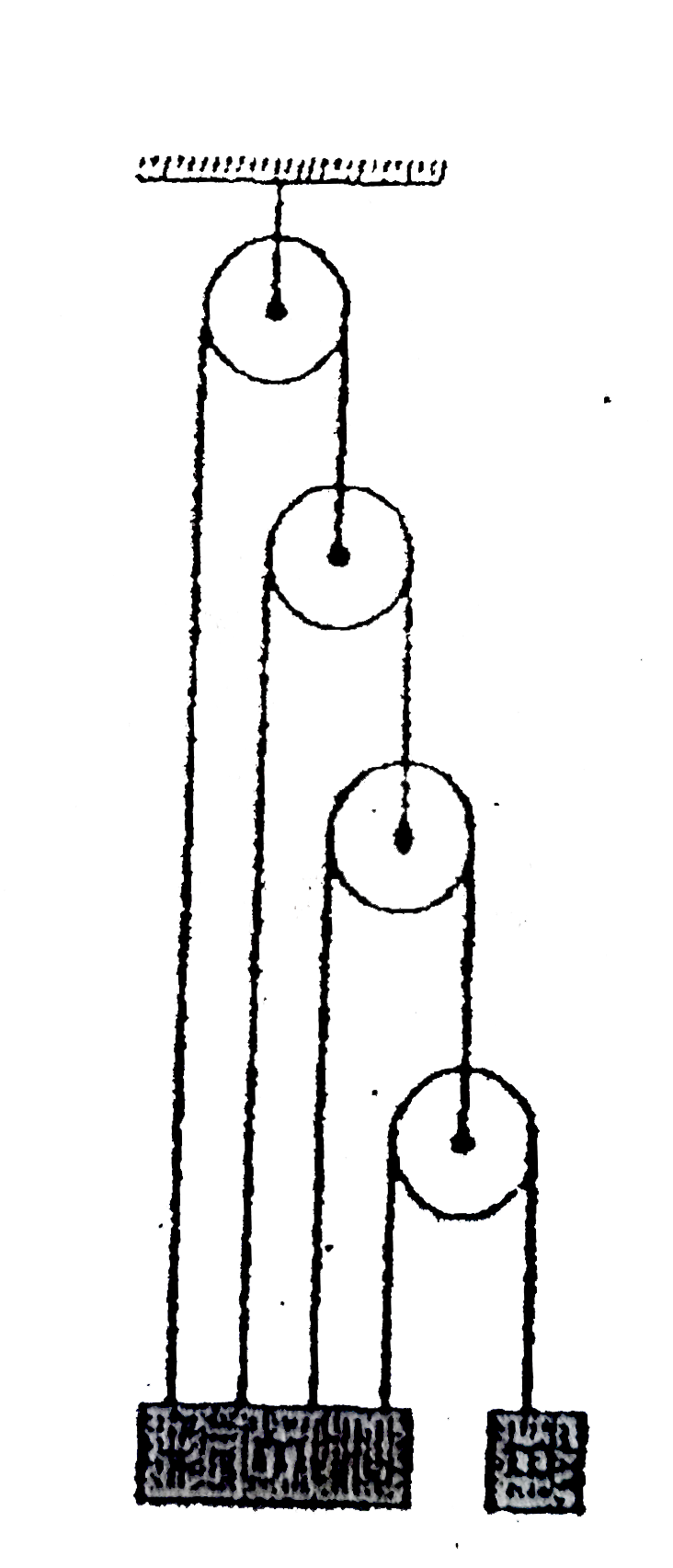
m1m2=12
m1m2=115
m1m2=110
m1m2=1
The correct Answer is:B
T=m1g & 8T+4T+2T+T=m2g⇒15T=m2g
⇒15m1g=m2g⇒m2=15m1
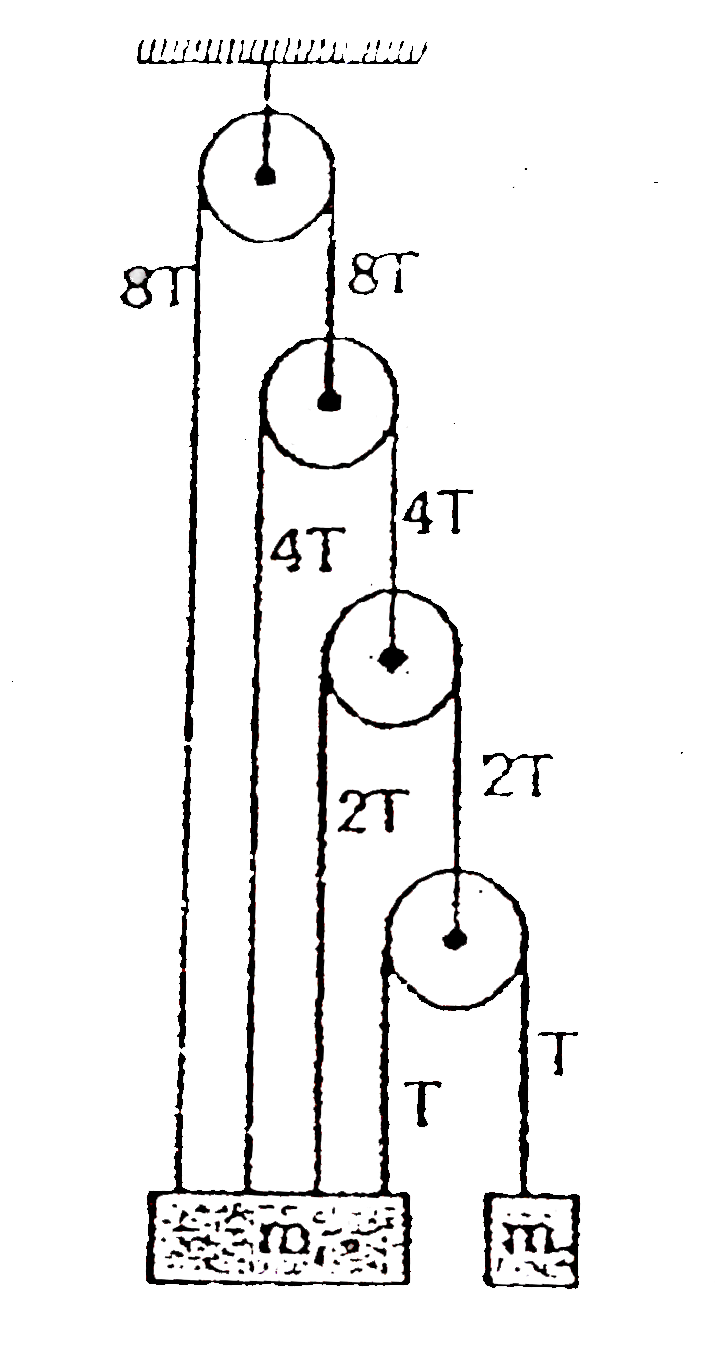
Topper's Solved these Questions
Similar Questions
Consider the system of masses and pulleys shown in fig. with massless string and fricitionless pulleys.
(a) Give the necessary relation between masses m1 and m2 such that system is in equilibrium and does not move.
(b) If m1=6kg and m2=8kg, calculate the magnitude and direction of the acceleration of m1.
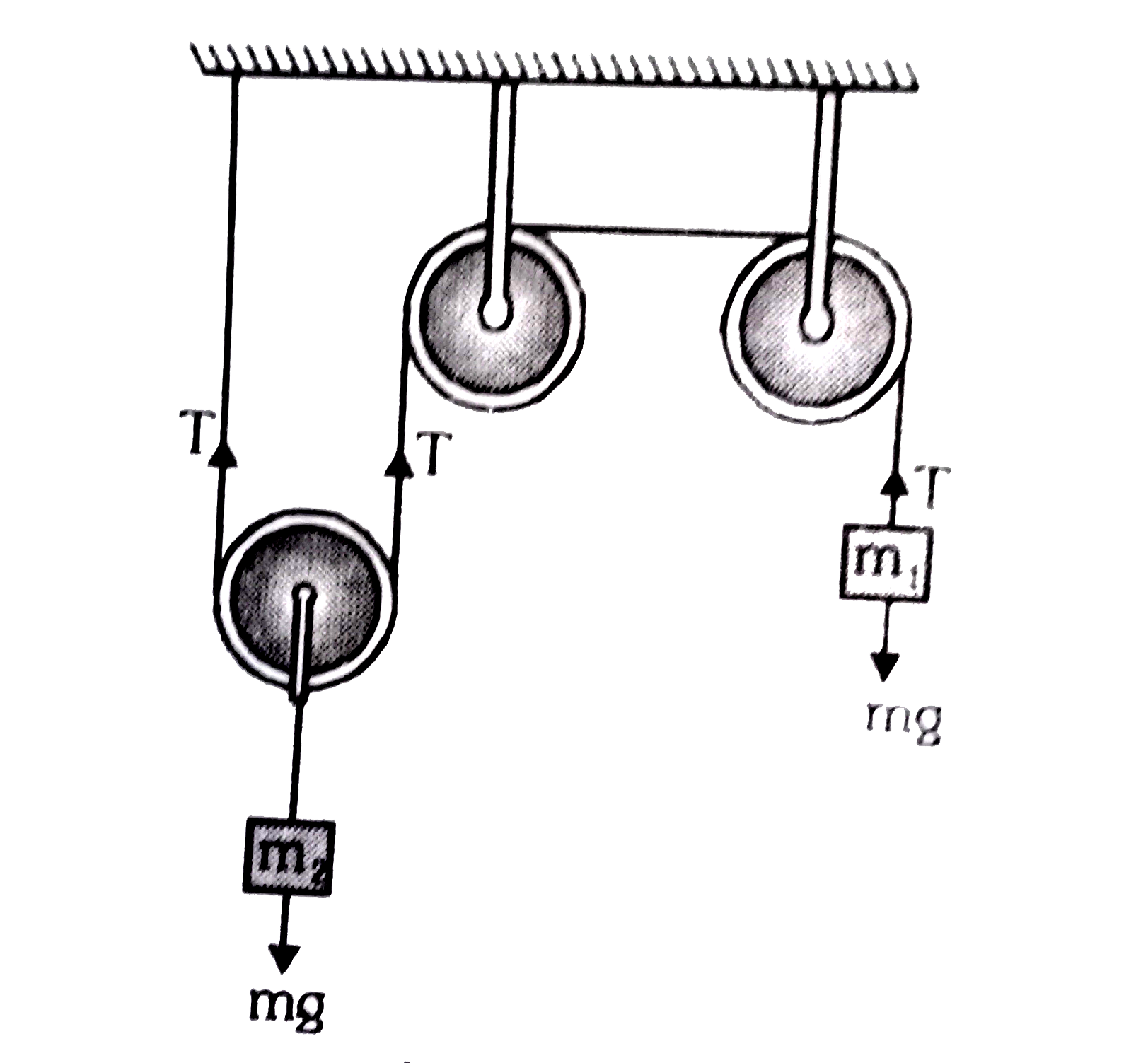 View Solution
View Solution
A uniform L shaped rod of mass 3 m is hinged at point O. length OB is two times the length OA. It is in equilibrium.
Find
(a). Relation between α and β
(b). Net hinge force.View SolutionA two block system is shown in figure . We shall draw complete free body diagram and find normal reaction between m1andm2 and between m2 and ground .
 View Solution
View SolutionThe system is in equilibrium and at rest. Now mass m1 is removed from m2. Find the time period and amplituded of resultant motion. Spring constant is K.
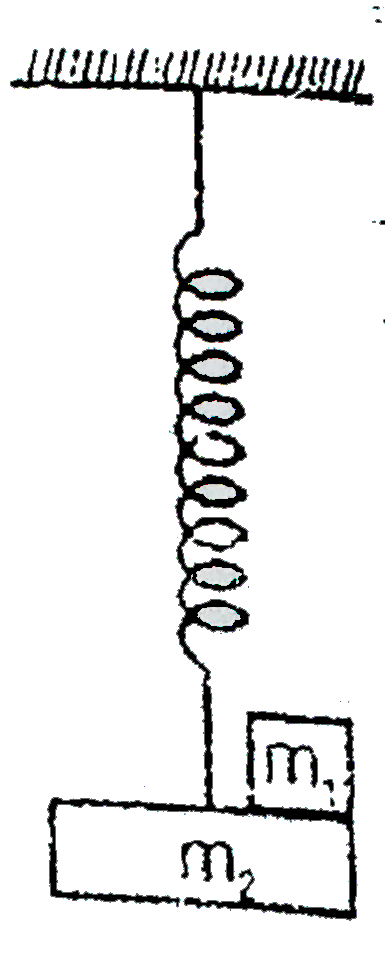 View Solution
View SolutionThe system shown in fig is in equilibrium . Masses m1andm2 are 2kg and 8kg, Respectively. Spring constants k1andk2 ro 50Nm−1and70Nm−1, respectively. If the compression in second spring is 0.5m. What is the compression in first spring?
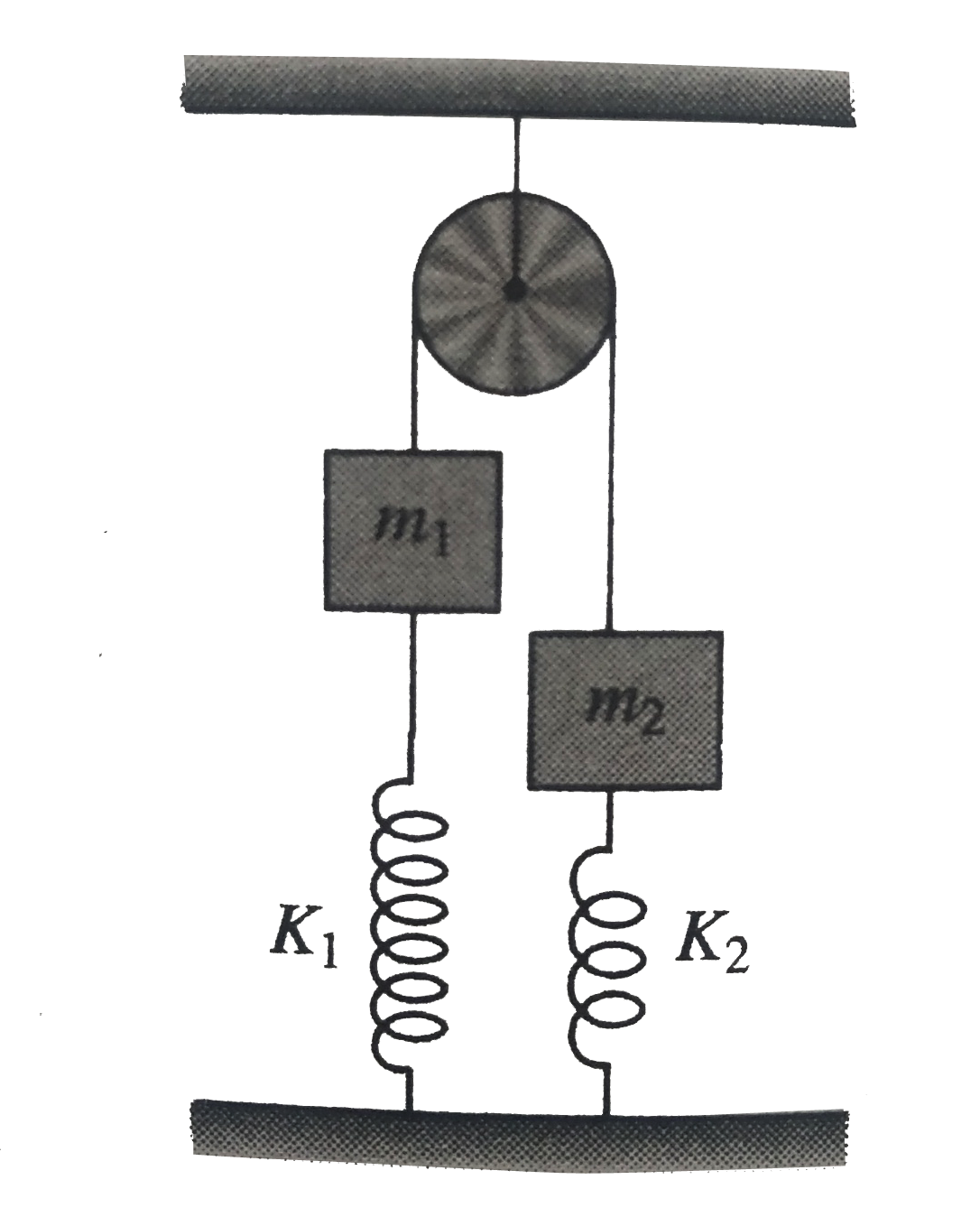 View Solution
View SolutionThe system shown in fig is in equilibrium . Masses m1andm2 are 2kg and 8kg, Respectively. Spring constants k1andk2 ro 50Nm−1and70Nm−1, respectively. If the compression in second spring is 0.5m. What is the compression in first spring?
 View Solution
View SolutionWhen force F applied on m1 and there is no friction between m1 and surface and the coefficient of friction between m1andm2 is μ. What should be the minimum value of F so that there is on relative motion between m1andm2
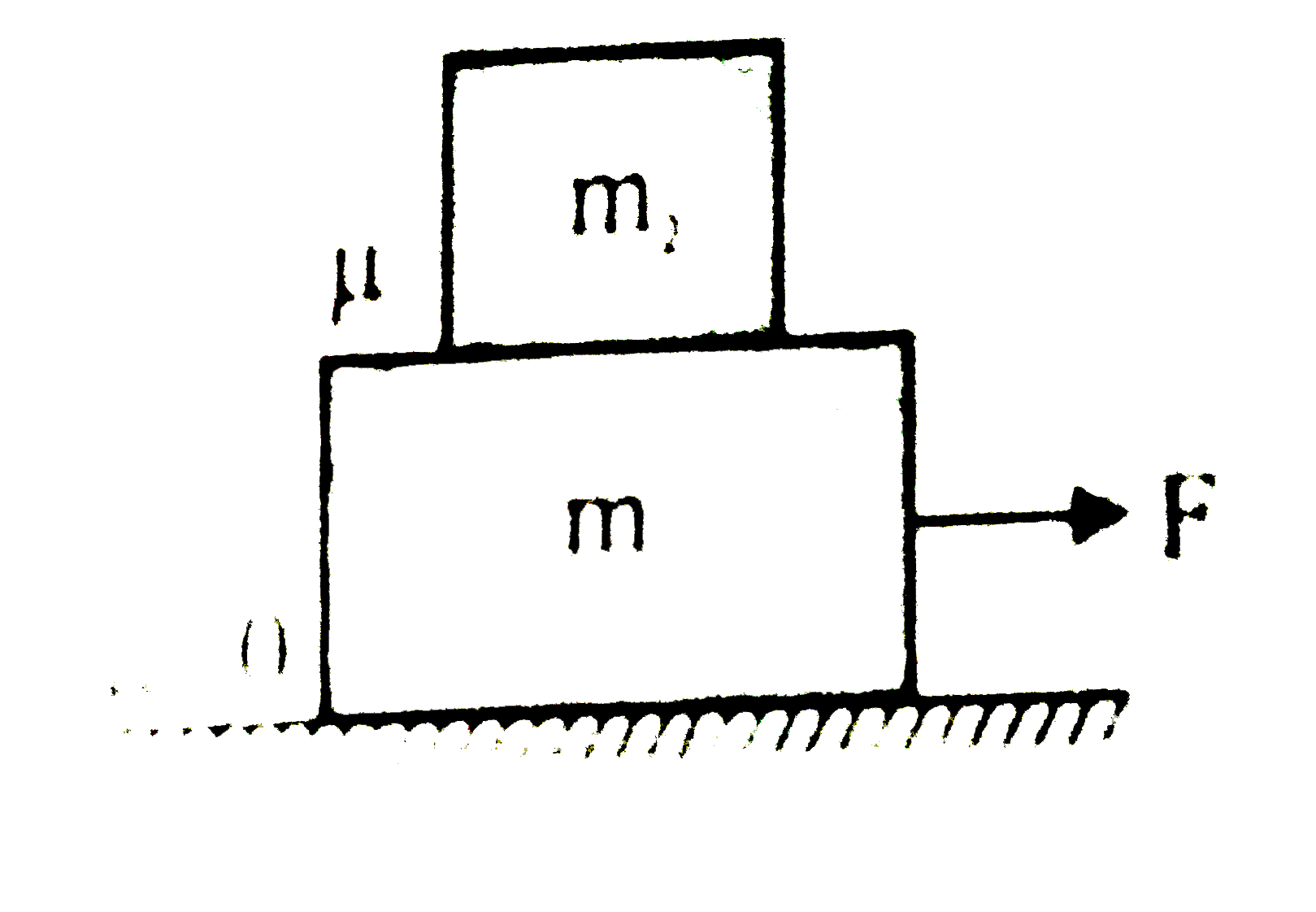 View Solution
View SolutionFind m3 if the system is in equilibrium the incline is smooth and string and pulley are light
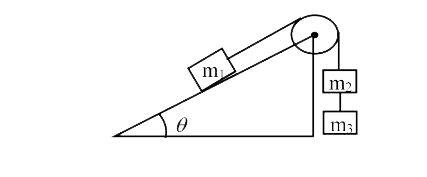 View Solution
View SolutionA mass m1 lies on fixed, smooth cylinder . An ideal cord attached to m1 passes over the cylinder and is connected to mass m2 as shown in the figure.
(a) Find the value of θ( shown in diagram ) for which the system is in equilibrium.
(b) Given m1=5kg,m2=4kg . The system is released from rest when θ=30∘ . Find the magnitude of acceleration of mass m1 just after the system is released.
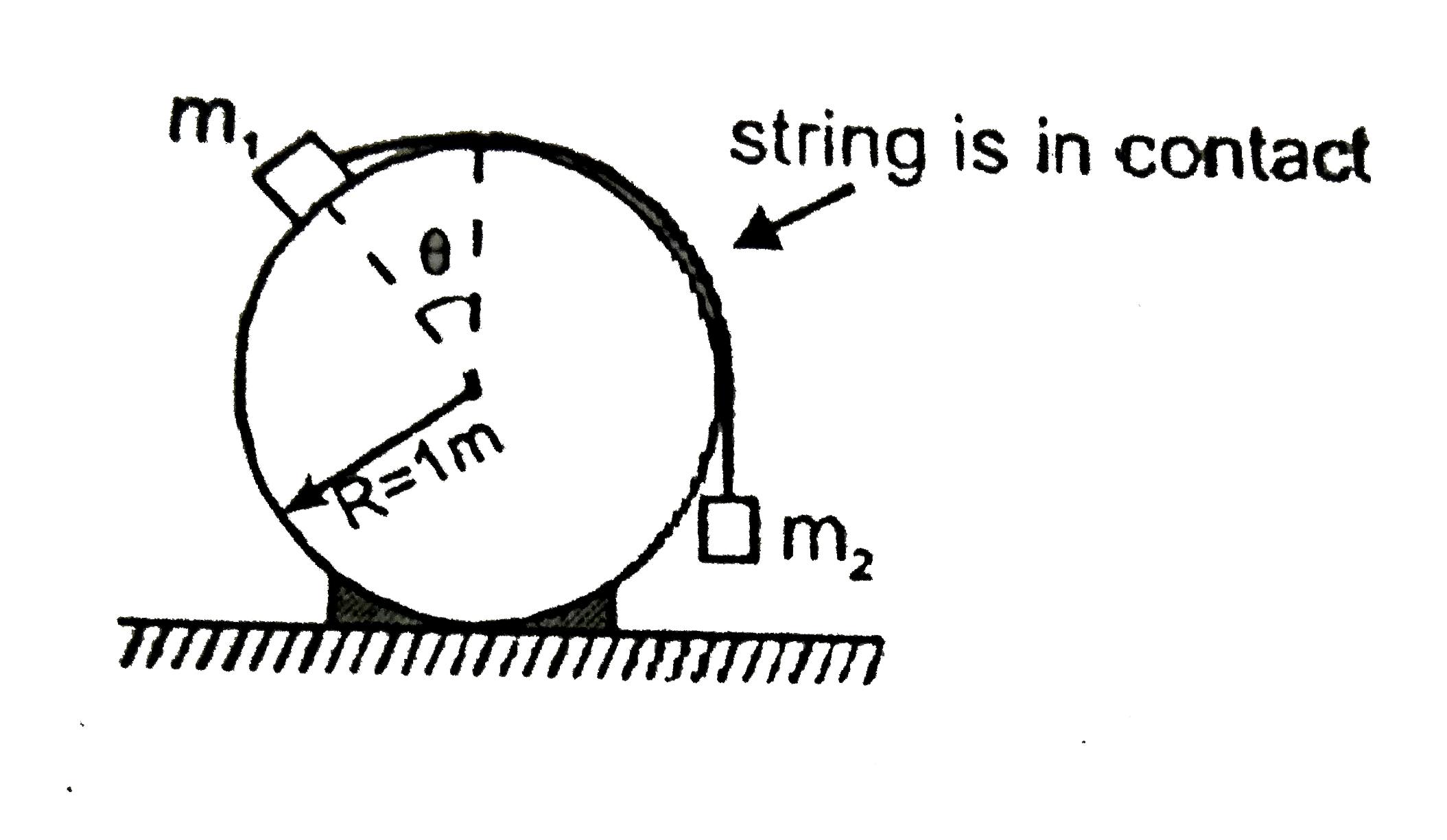 View Solution
View SolutionFind force F required to keep the system in equilibrium. The dimensions of the system are d=0.3m and a=0.2m. Assume the rods to be massless.
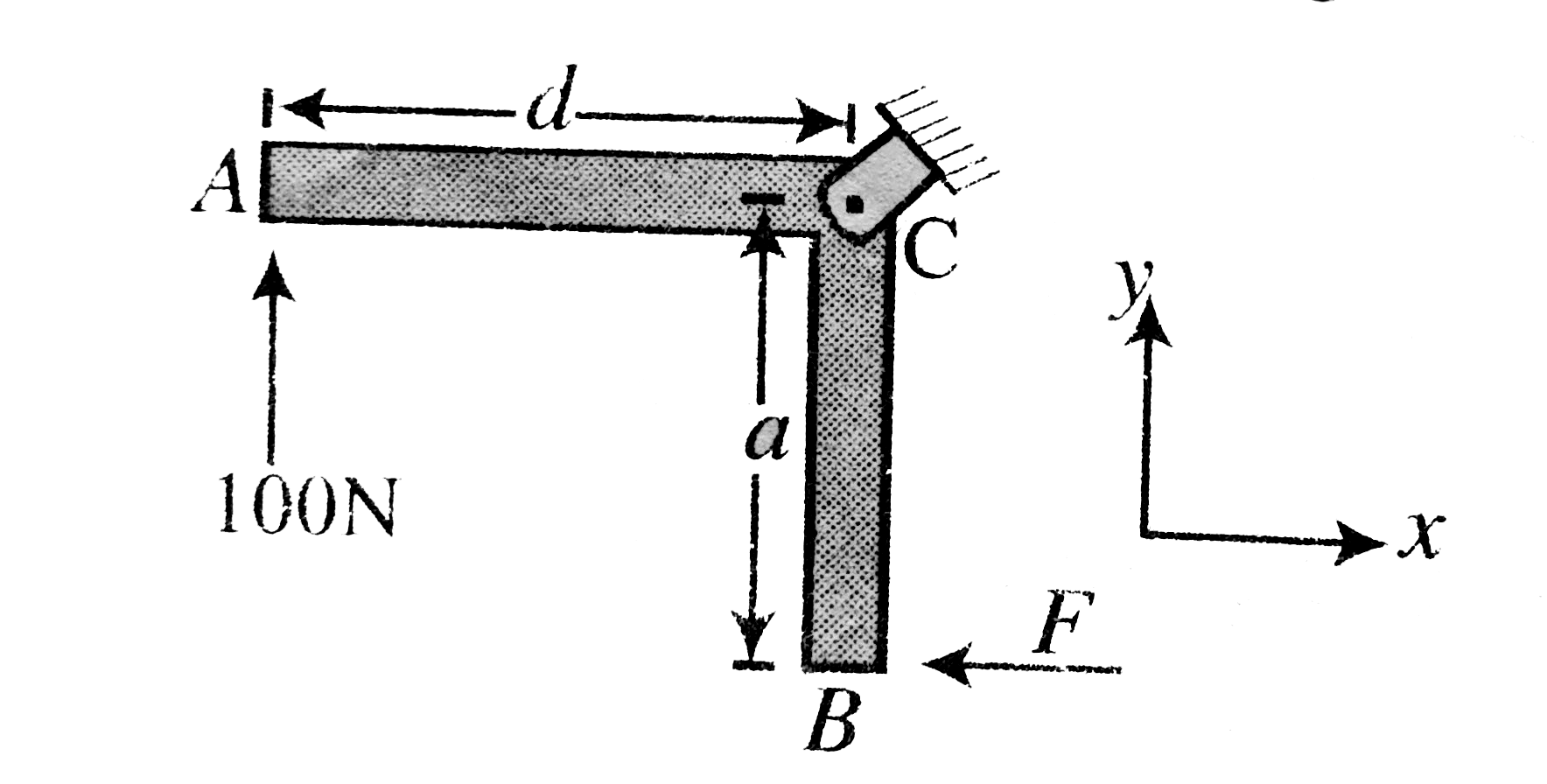 View Solution
View Solution

